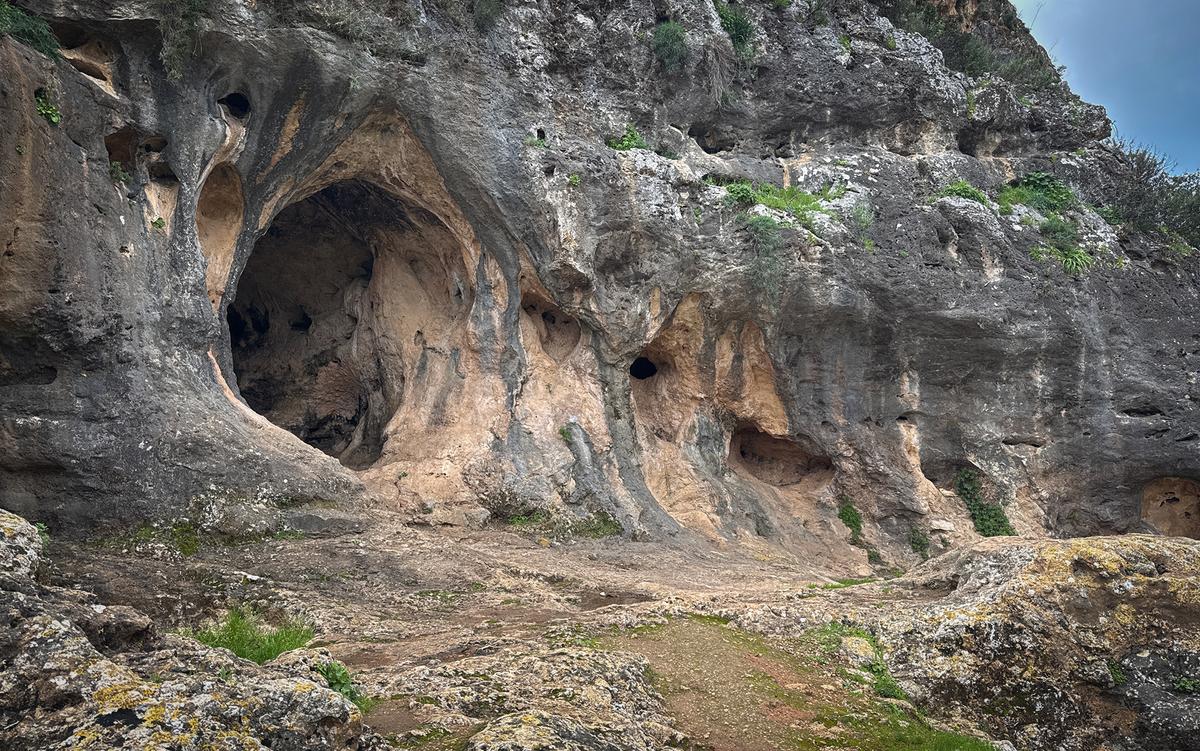
"These Homo sapiens were very different from us, retaining primitive features like huge brow ridges and massive jaws, but not being our direct ancestors; rather, they are a side branch of our evolutionary tree."
"The peculiar anatomical traits in modern humans, such as reduced jaws and small brow ridges, may have promoted sociability and reduced aggression, which ironically made us a danger to our primitive counterparts."
The cave of Es-Skhul, dating back 140,000 years, reveals complex early human life during the Ice Age. The skeletons found exhibit traits reminiscent of both humans and Neanderthals, indicating they are not our direct ancestors but a separate evolutionary line that has gone extinct. Their distinctive anatomical features suggest a lack of traits that fostered sociability among modern humans, such as reduced aggression and openness. This difference in behavior may have contributed to their demise at the hands of the more adaptable Homo sapiens.
Read at Aeon
Unable to calculate read time
Collection
[
|
...
]